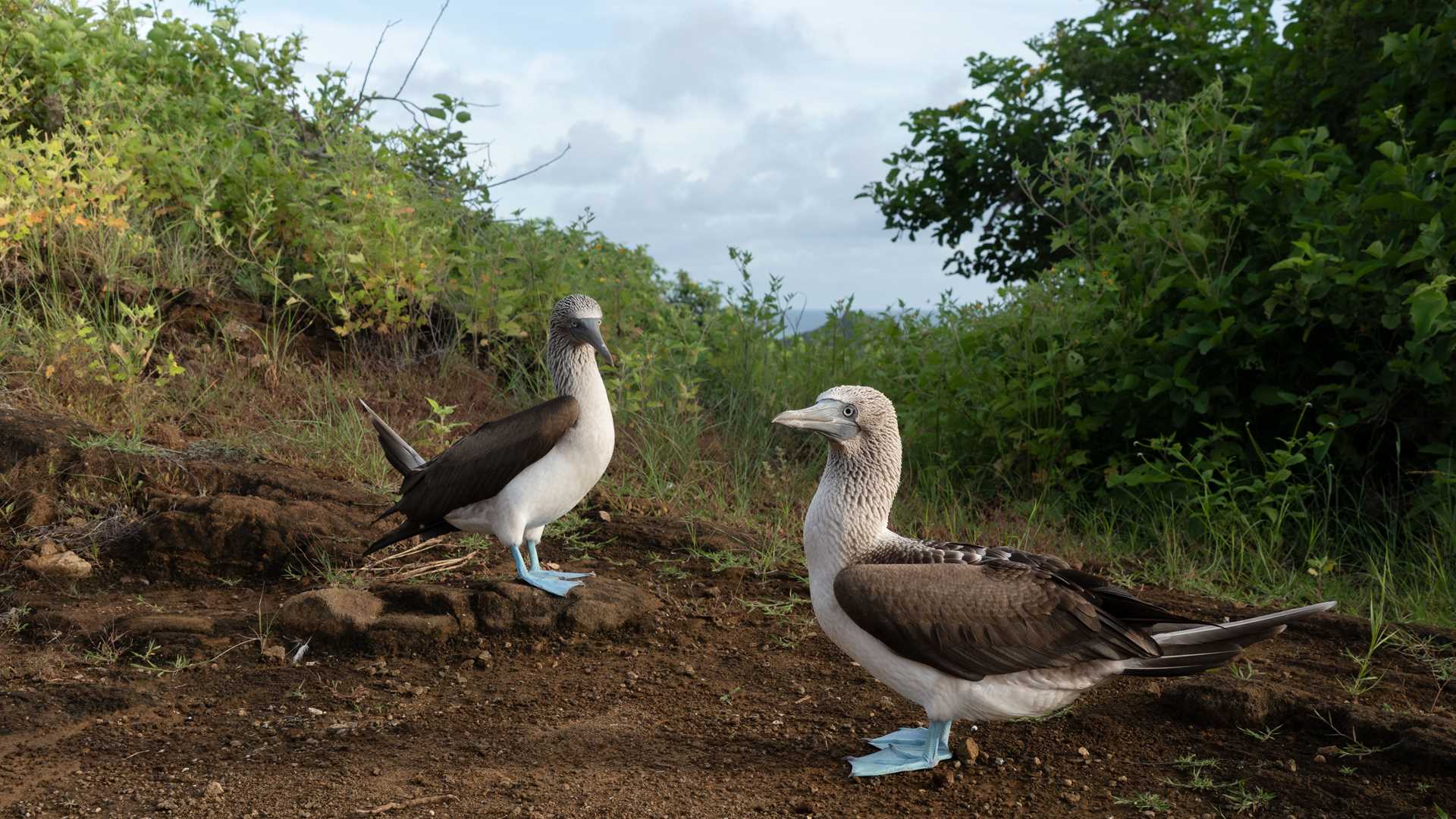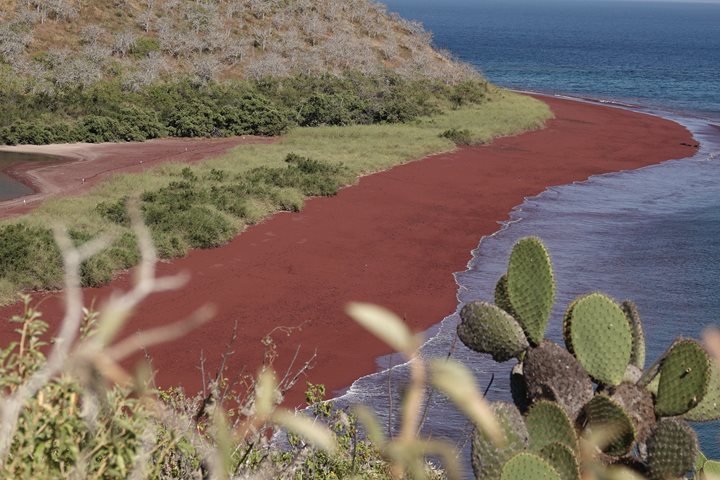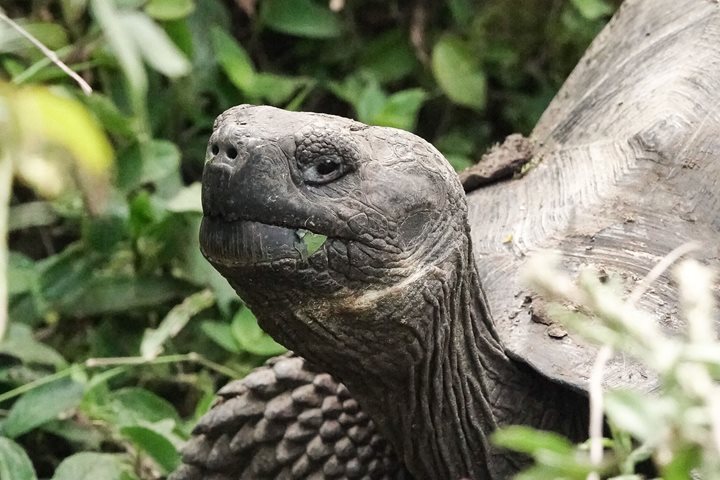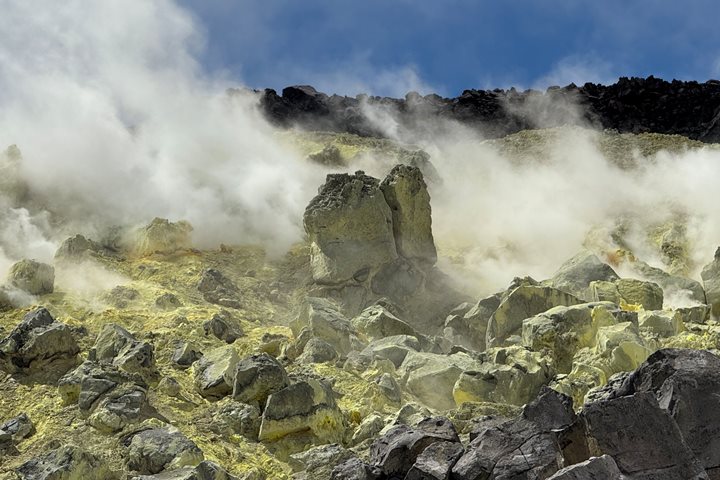Our first full day on San Cristobal Island was unforgettable. We explored Punta Pitt, where we had the rare chance to see both red and blue-footed boobies nesting along the rugged cliffs. Later, we walked along the stunning white sand beach of Cerro Brujo, surrounded by turquoise waters and dramatic lava formations. As the first island Darwin set foot on, San Cristobal offers a perfect blend of history, natural beauty, and abundant wildlife. The fresh breeze, lush green vegetation, and peaceful presence of sea lions and seabirds made the experience absolutely breathtaking.
- Daily Expedition Reports
- 13 Apr 2025
San Cristobal Island, 4/13/2025, National Geographic Delfina
- Aboard the National Geographic Delfina
- Galápagos
Roberta Schiess, Naturalist
Born and raised in the Galápagos, Roberta Schiess Bahamonde’s grandparents were among the first permanent inhabitants of Santa Cruz Island, arriving from Switzerland in the 1940s. Her mother is also a naturalist guide in the Galápagos, so this is a p...
Read MoreShare Report
Galápagos by Catamaran: An Intimate Voyage
VIEW ITINERARYRelated Reports
6/26/2025
Read
National Geographic Delfina
Santa Cruz Island
Today we anchored in Academy Bay on Santa Cruz Island. During the first part of the morning, we went to Fausto Llerena Giant Tortoises Breeding Center. This is where some species of giant tortoises are bred in captivity. After walking through the center and observing young and adult tortoises, we enjoyed exploring the largest town in Galapagos. We had lunch at a charming local restaurant, and from there we went to the highlands where we had a great time observing wild giant tortoises in their natural habitat. This afternoon we found several tortoises feeding, while others were enjoying a great volcanic mud bath.
6/25/2025
Read
National Geographic Delfina
Isabela Island
We spent the entire morning and part of the afternoon exploring Sierra Negra, specifically the sulfur mine area in the southwestern corner inside the caldera. The caldera is considered one of the largest in the world. It was an adventurous ride up the flank of the volcano in a local chiva (open-sided bus used all over Ecuador in rural areas). Then we walked, one way two kilometers, which included a descent of 320 feet, then an ascent to the sulfur fumaroles of another 200 feet. On return, we did it all again!







